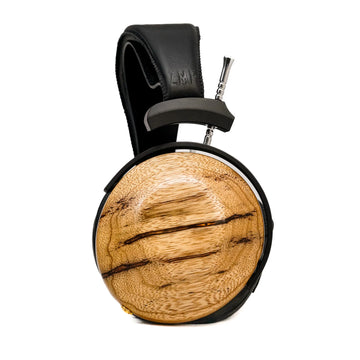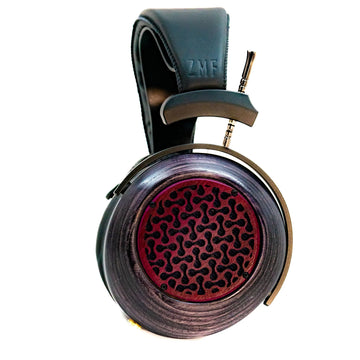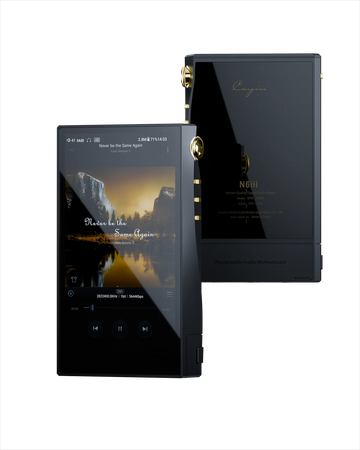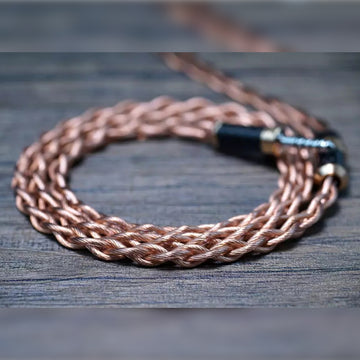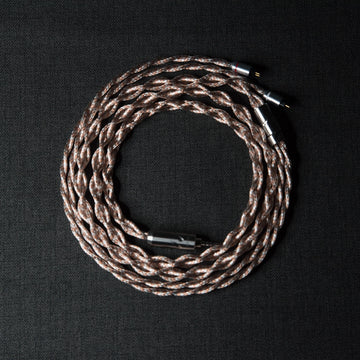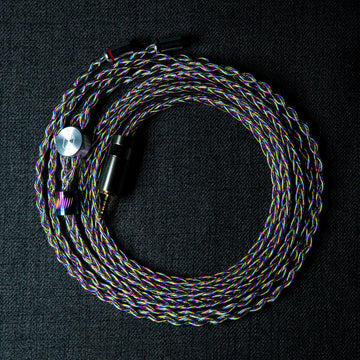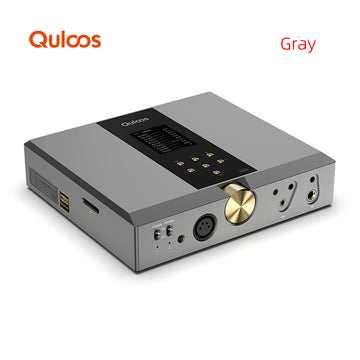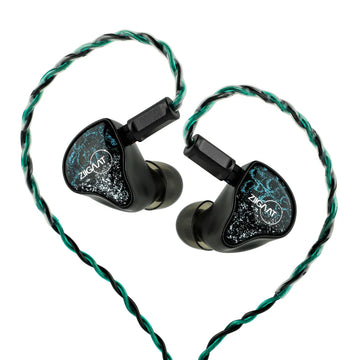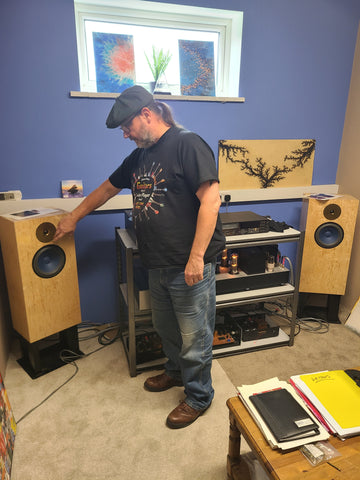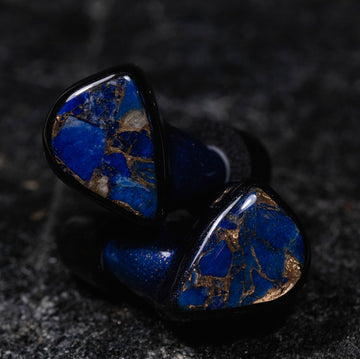Elysian has an almost mythical status in the audiophile world. The Annihilator review by Crinacle was my first personal exposure to the talented Lee and his brand. The elusive Elysian X (only 35 officially made) solidified Elysian as an industry leader, for good reason. It is to this day at the very top of the game.
So when Lee announced his revised 2023 Annihilator (let’s just call it Anni), everyone got excited. I love X but I had no idea if Anni would work for me. I heard it was V shaped with lots of treble. That’s not always my cup of tea. But then I got to hear it and share it with our local community.
I’m not going to try and make this mysterious: Annihilator is a special iem. It’s a community favourite and the only downside for most people is the price.
But Anni is also a perfect example of “the whole is bigger than the sum of its parts”. It almost feels wrong to try and divide its sound into parts but I will do my best.

First of all, the mandatory graph. And looking at it, a few things stand out. There’s plenty of bass, including abundant mid-bass. Things also get interesting in the lower treble region. The graph peaks around 4khz but then dips for a while. This choice seems deliberate and I will explain why later on.
But before talking about the sound, a few words about build quality and fit. Lee’s craftsmanship is second to none and Anni demonstrates that. The clear resin showcases the artfully laid-out drivers and circuits. The faceplate is elegant and aesthetically pleasing. The shell is big and the nozzle isn’t small but most people get a comfortable fit and perfect seal. Sednas, Acoustunes and Velvets are some of the tips that give me a great seal.
Now let’s dive into this delicious audio journey. Starting with the only thing some people care about: Bass.
Anni's bass is boosted with a clear mid-bass emphasis. This isn’t a bass-head iem but you still get all the bass you can handle. This said, if you are after the deepest and most elevated sub-bass, this isn’t it. It wasn’t designed to be.
Looking at the Anni graph, you might expect mid-bass to be dominant. and wonder if it gets "boomy". The answer is no to both. This bass is rich and thick yet detailed and clean. It doesn’t get in the way of anything other than your financial health. If you listen to music that involves bass guitars, you’re in for a treat. If you listen to electronic music with deep sub bass emphasis, keep your expectations in check.
Next on the tasting menu are mids "a-la-Lee". They are rich, detailed and smooth. If you listen to a lot of vocals and string instruments, you'd be hard pressed to find a sweeter sound. Electric guitars in particular sound spectacular. It’s a one-of-a-kind, deeply satisfying sound. This is part of what sets Anni apart and makes it one of my favorite iems for rock music.
But I can almost hear some savvy, skeptical readers wonder: isn’t old rock music harsh and badly mastered? This is a V-shaped iem, surely all that boosted treble will result in sibilance and harshness?
And once again, the answer is no. The transition from mids to treble is where Anni’s special sauce resides. If you look at the graph again, you will see a clear dip from 5khz to 7khz. That’s the “ouch” region, also known as the “sibilance region”. The treble emphasis happens much later. The result is a highly detailed and airy yet smooth treble. Anni’s treble is awesome but won’t be for everyone. If you prefer treble to be on the softer side, caution is recommended.
In terms of technical performance, Anni shines almost everywhere except one thing: stage width. The stage is not as wide as some other iems in the same price bracket (Anima, RN6 and Loki). This said, it makes up for that with excellent detail, layering and separation within the stage it creates. The experience is immersive and highly cohesive.
What sets Anni apart is the “sweet aggression” in the sound. It’s what happens when you combine excellent dynamics with exquisite smoothness. This feels like a deliberate choice. Anni achieves a sound that is smooth and engaging at the same time. That's hard to do folks.
You don’t make a Michelin star dish by focusing on just one flavor. There has to be a subtle balance and a careful order to the flavors bursting in your mouth. And this is why all of the above is futile. Just like an artfully cooked meal, the ingredients are only part of the story. In the end, you just take a bite and immerse yourself in the experience.







